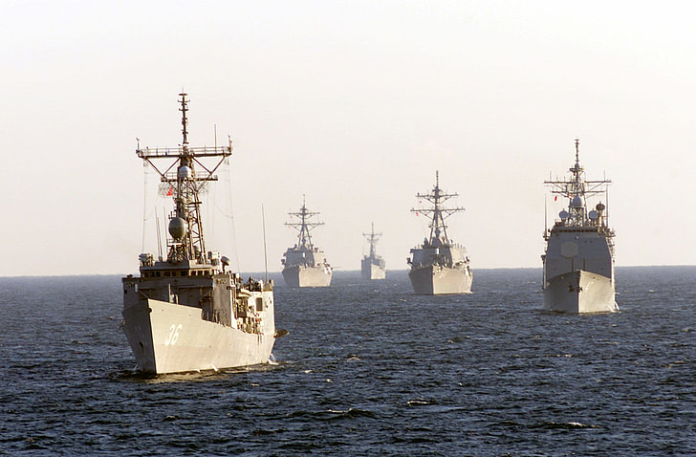
What are two of the world’s most powerful militaries doing when they conduct joint war games in contested waters at the same time that nuclear-armed submarines quietly relocate under the waves? The Joint Sea-2025 maneuvers in the Sea of Japan provide a window into the changing dynamics of military technology, strategic signalling, and regional security in the Asia-Pacific.
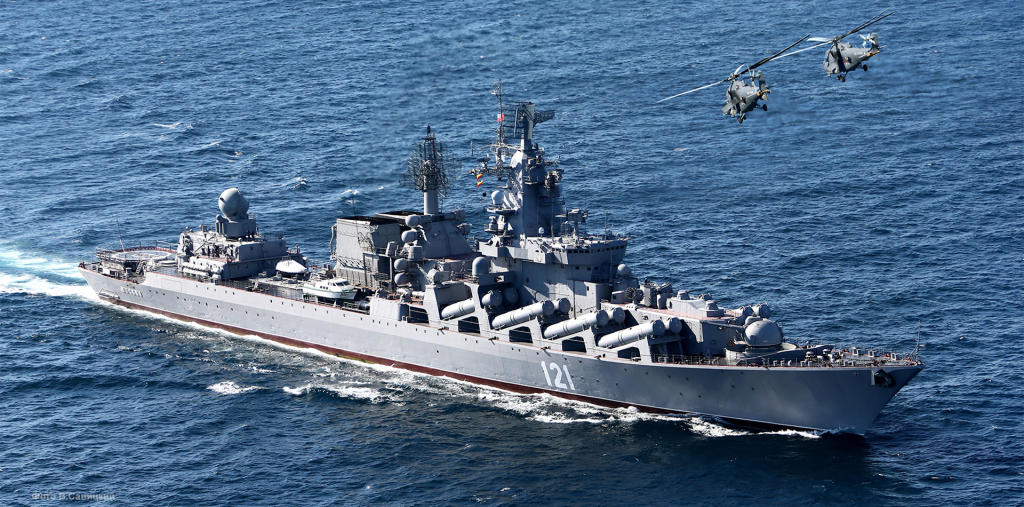
1. Scale and Scope: Technical Ambitions of Joint Sea-2025
The Joint Sea-2025 exercises, playing out off Vladivostok, illustrate an aerial ballet of naval power. Four Chinese warships—commanded by the guided-missile destroyers Shaoxing and Urumqi—joined up with Russian warships in a three-day sequence of exercises. The agenda, as indicated, is lofty “submarine rescue, combined anti-submarine, air defence and anti-missile operations, and maritime combat,” China’s Ministry of Defence has announced. The exercise culminates in coordinated naval patrols in “relevant waters of the Pacific,” pushing the operational sphere well beyond the Sea of Japan.
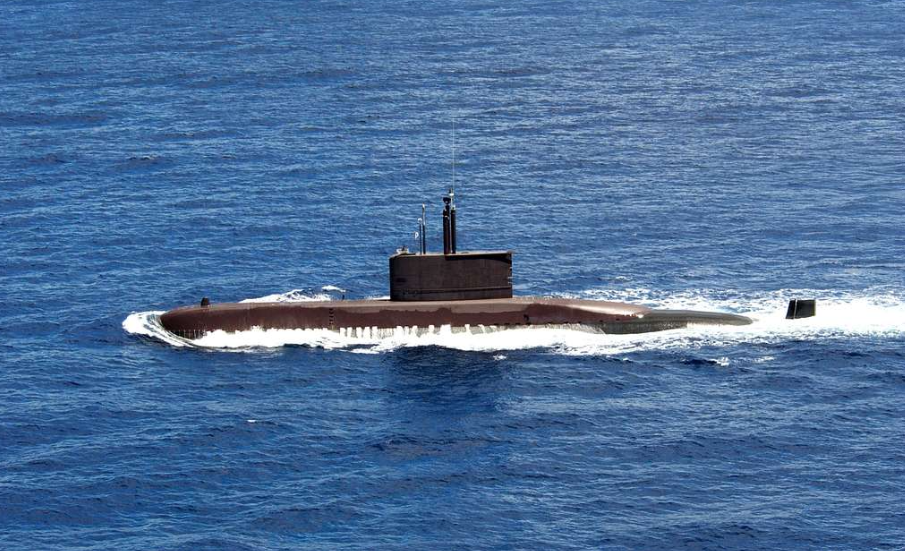
These exercises signal not just a heightened operational tempo but a deliberate exhibition of advanced naval integration, such as complex undersea warfare maneuvers and live-fire missile defense training. As the Russian Pacific Fleet has explained, “The exercise is defensive in nature and is not directed against other countries,” but technical aggressiveness suggests an unmistakable intent to demonstrate high-end warfighting capability to regional observers.

2. Strategic Messaging: The ‘No-Limits’ Partnership and Its Limits
Joint Sea-2025 exercises are the latest in a partnership that, since 2022’s “no-limits” proclamation, has grown progressively more explicit and technologically connected. China and Russia, in the past decade, have moved on from pragmatic weapons sales to deeper military-technical cooperation, to the extent that sporadic joint exercises now serve both rehearsal and signal. As quoted by China’s Defence Ministry, the aim is “further deepening the comprehensive strategic partnership.” Experts, though, caution that the relationship, as great as it is, has its limits. While Russia and China certainly share a common anti-US position, Beijing is not going to limit its own strategic maneuverability and space by signing any sort of pledge with Russia that would incur an explicit confrontation with the West or the introduction of sanctions, a recent assessment of the development of the alliance states. Despite the appearance of solidarity, operational compatibility still remains restricted, with exercises being more about strategic signalling than a pathway towards real combined operations.

3. Regional Security Matters: Japan and the Asia-Pacific Reaction
The Japanese response to the exercises has been forceful. Its Ministry of Defence warned that “growing strategic ties between Beijing and Moscow is a ‘strong concern’ for its national security.” The proximity of the exercises to Japanese waters, as well as the exercises being anti-submarine and air defense training cutting-edge, emphasizes regional alarm. The drills are viewed as an overt challenge to the U.S.-Japan alliance and broader security architecture in the Western Pacific. This sentiment is reinforced by growing capabilities of Chinese naval platforms, some of which have been bolstered by Russian technology transfers, including submarine quieting technology and advanced missile defenses that make it harder for allies to plan.

4. U.S. Nuclear Submarine Deployment: Amping Up the Underwater Deterrent Game
Against this background, the United States’ move to send nuclear submarines close to Russia is a drastic escalation of undersea deterrence. The United States Navy’s current fleet is made up of the Virginia-class Block V attack subs and the soon-to-deploy Columbia-class ballistic missile submarines. These are the heights of stealth, persistence, and firepower the Columbia-class, for example, will feature an electric-drive power plant to maximize stealth and survivability, and each will carry up to 16 Trident II D-5 submarine-launched ballistic missiles with improved guidance systems. The deployment of these resources, seldom openly promoted, is meant to enable extended deterrence and complicate calculations by adversaries. As then-President Trump described, the move came after “highly provocative” remarks from Russian leaders on the risk of nuclear war.
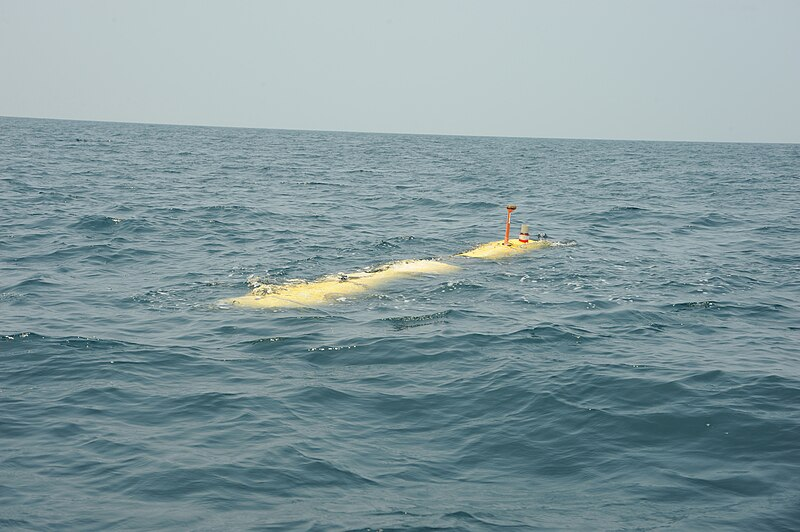
5. Underwater Warfare: Sonuver, Stealth, and the Emerging ASW Challenge
The technological struggle beneath the waves is intensifying. Modern anti-submarine warfare (ASW) integrates high-level sonar systems—active and passive—magnetic anomaly detection, infrared scanning, and non-acoustic assets such as LIDAR and wake detection. The U.S. Navy’s “system of systems” networked idea, as realized in the Integrated Undersea Surveillance System (IUSS), integrates data from fixed sonar arrays, ships, and aircraft for around-the-clock surveillance. At the same time, adversaries are operating submarines with advanced quieting systems, air-independent propulsion, and smart hull coatings, making detection ever more challenging for even the most advanced ASW platforms. The growing application of unmanned underwater vehicles (UUVs) and artificial intelligence (AI) data analysis is revolutionizing the undersea warfare of the future with huge investments by Russia and China.
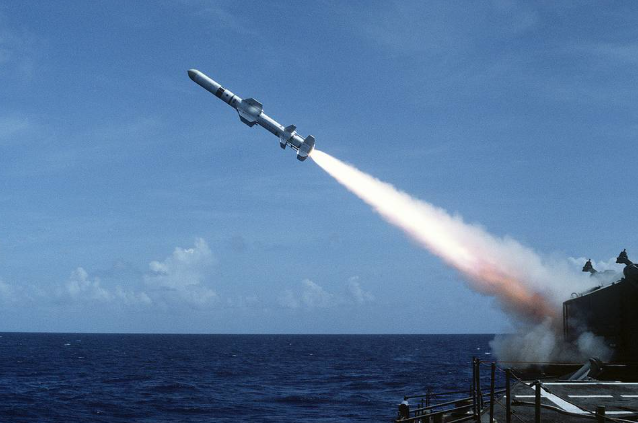
6. Guided-Missile Destroyers and Aegis Systems: Surface Layer of Defense
The involvement of Chinese guided-missile destroyers Shaoxing and Urumqi showcases another dimension of naval modernization. These ships, with their onboard phased-array radars and vertical launch systems, are optimized to bring area air defense and missile intercept capabilities. Putting such platforms in joint exercises enables the assessment of multi-domain coordination—integrating surface, subsurface, and aerial resources against sophisticated threat environments. Since the U.S. and its allies have found, the introduction of long-range, submarine-launched anti-ship cruise missiles like China’s YJ-18, with supersonic terminal sprint and over-the-horizon targeting capability, necessitates a distributed and powerful sensor network, such as Aegis-armed destroyers and carrier-based aircraft to counter massed, multi-axis threats.
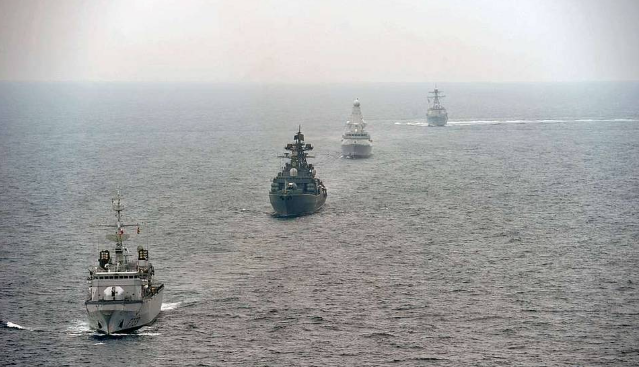
7. The Technology Transfer Web: Submarines, Missiles, and Dual-Use Goods
In the center of the Sino-Russian axis stands a highly developed web of technology transfer and co-development. Russia has supplied China with advanced submarine designs, missile technology, and radar systems, while China has done the same for Russia with critical parts and dual-use materials—semiconductors, drone technologies, and even propulsion systems for Russian warships. “China’s growing defence technology self-sufficiency and Western sanctions on Russia meant arms sales plateaued.”
Regardless, bilateral collaborative technology projects, such as helicopter development and sophisticated radar systems, remained an important element in the two nations’ military cooperation, according to more recent analyses of post-2014 trends. Bilateral flows of dual-use items, such as explosives-grade nitrocellulose and high-tech microchips, have also increased since 2022, further supporting Russia’s defense industry even as overt arms shipments continue to remain low.
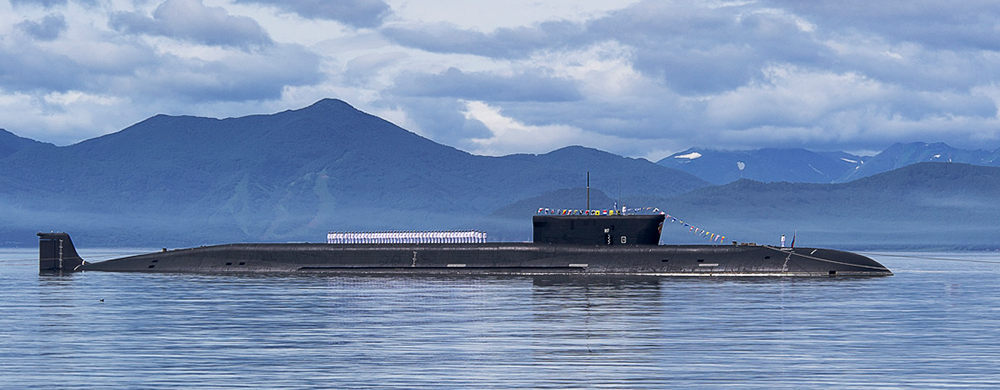
The Joint Sea-2025 exercises, and the strategic and technological struggles that surround them, mark the beginning of a new era of undersea competition and alliance-building in the Asia-Pacific. The interplay between advanced submarine platforms, networked sensors, and maturing doctrines speaks to an elementary yet profound truth the war for maritime supremacy is increasingly being won in the dark, quiet depths.
